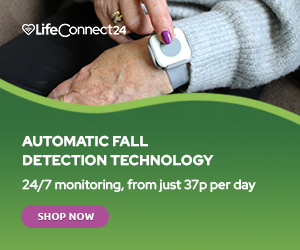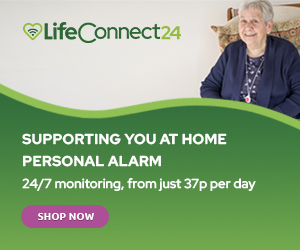It’s been another tough winter for the NHS, with crisis headlines seen all too often in the media. After a particularly difficult winter, ambulance waiting times – both in response and outside A&E – have reached soaring levels, with the week between Christmas and New Year 2018 seeing 17,000 patients waiting more than 30 minutes waiting in the backs of ambulances to be admitted to A&E. This well exceeds the recommended 15-minute handover time, putting ambulatory patients more at risk the longer they wait to be seen.
Ambulance Waiting Times – The Problems
Ambulance response times are also becoming a problem. In 2017, a new two-tier system was created to prioritise 999 ambulance calls; category one for life-threatening calls and category two for non-urgent calls. Since the system was created, targets of seven and 18-minute response times respectively have been regularly missed, with some non-urgent calls reaching the 22 minute mark.
Winter has always been a particularly busy time for ambulances and hospitals, with higher levels of flu and respiratory diseases, as well as older and disabled people becoming more prone to accidents in tougher weather. With bed capacity reaching limits of 91% and above, ambulance waiting times at A&E takes its toll on patients, particularly the elderly and disabled.
More people are being unnecessarily admitted to hospital than ever in the winter, and it’s not just patients that are bearing the brunt. Hospital staff, paramedics, and A&E workers are put under more pressure and stretched thin during work hours too:
“These doctors, who practice medicine very efficiently, are in high demand in lots of areas in the hospital. The work is stressful and requires constant decision-making,” says Dr Chris Lindesay of Milton Keynes University hospital.
So, why is this exactly? Much of the problem stems from patients being ill-informed about where they should be when they need help. Some studies show that up to 50% of those who call an ambulance could have been treated at a GP surgery, walk-in centre, or even a pharmacy.
Bed-blocking is often another cause; patients who are cleared to go home keep their hospital bed when they feel they don’t have organised care to return home to, or proper transit to get home safely. This presents yet another problem with NHS waiting times and it is estimated to cost over £200 per bed per day.
All of these issues create knock-on effects that result in higher bed occupancy rates, longer A&E waiting times, slower ambulance response times, more stressed and in-demand A&E workers, and most importantly, more at-risk patients.
Lifeline Alarms can Help
Some of the most at-risk patients are the elderly and disabled, who are simply not able to handle these ambulance waiting times. This can be scary for those who live alone and/or have poor mobility.
Our personal alarm service provides a secure, safe, and easy solution. The personal alarm comes with a simple pendant, which has a red help button, that can be worn on the body, around the wrist or neck. With durability, long range, and even waterproof capabilities, this pendant is a way to give those at risk access to care when they have an accident and are unable to reach the phone to call for help.
So, how does it work? Once you press your pendant, an alarm call is made to the 24-Hour Response Team through your telephone line. The highly-trained team are available every day of the year to ensure that you can always find help. When you press the help button on your pendant, our operators will be on the line via the installed base unit, speaking to your over the monitor to see what help you require.
After assessing your situation, we will be able to contact your appointed family members, friends, or neighbours (emergency contacts) to help you. For more serious accidents in need of medical attention, we will call for an ambulance. With your medical history on file, we will be able to properly inform them of the situation so that your needs are met. Our professional operators will stay on the line with you to keep you calm and updated about the paramedic arrival.
Wearers of the personal alarm find extra security and comfort in knowing they have proper care and assistance at the push of a button. With this security comes a lower rate of bed-blocking by those who are unsure about their needs at home. It also reduces the amount of unnecessary ambulance visits, as your situation will be assessed by a qualified team member.
With more people using the personal alarm, phrases like ‘winter crisis’ and ‘ambulance waiting times’ are sure to decrease. Personal alarm care reduces any unnecessary ambulance call outs, which can ultimately better ambulance response rates and waiting times. In turn, those who are more at risk, like elderly and disabled people, won’t be facing long waiting times when they need to be treated, and there will be less need for bed-blocking for those who feel unsure about their organised care once they leave the hospital.
Find out more
For more information about our life-saving personal alarm service, please get in touch with our friendly team on 0800 999 0400. Alternatively, complete our contact us form and we will get back to you as soon as possible.
Remember to use the discount code BLOG2019 when you order one of our personal alarm systems on a Monthly or Annual Plan to receive £10 off.



Leave A Comment